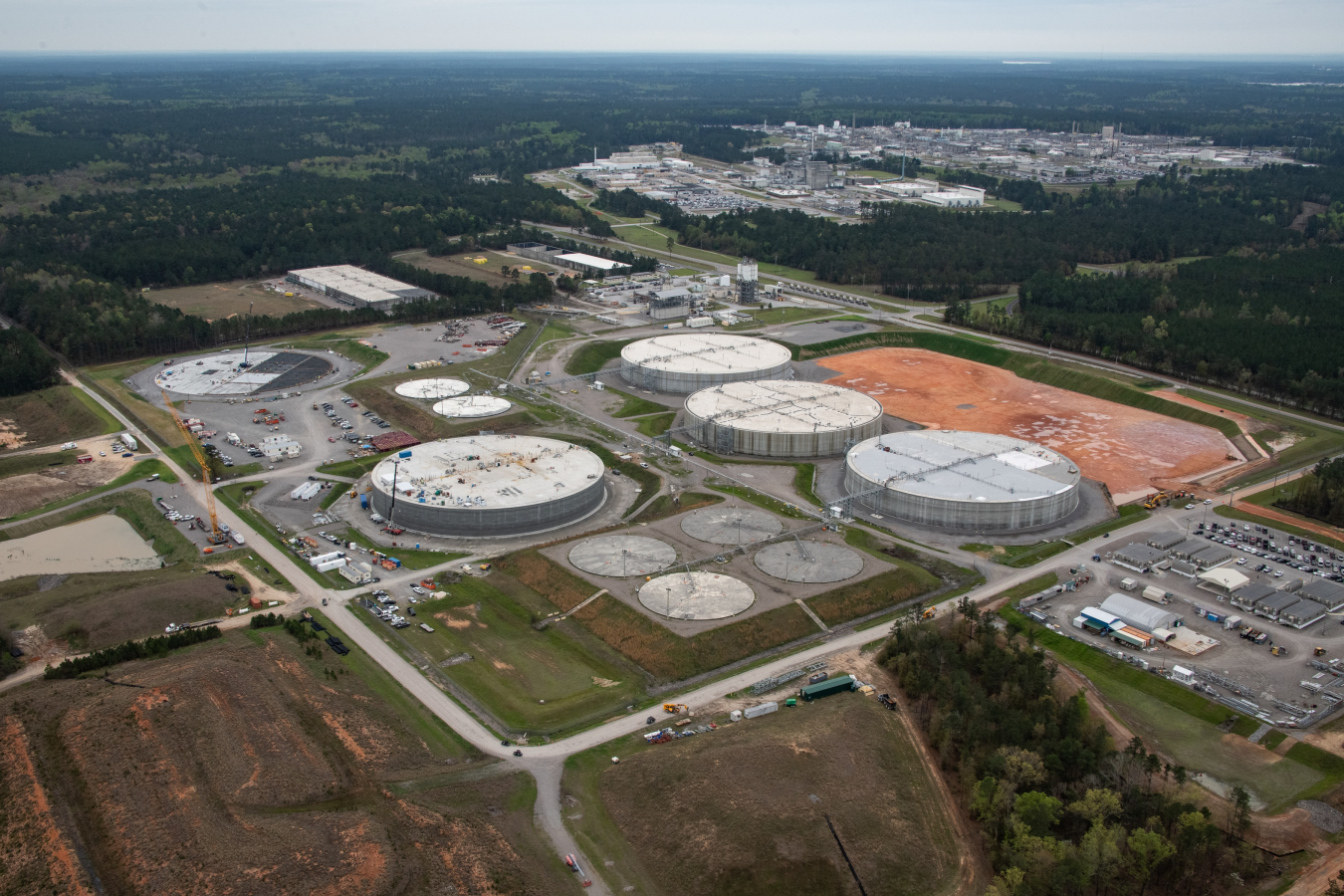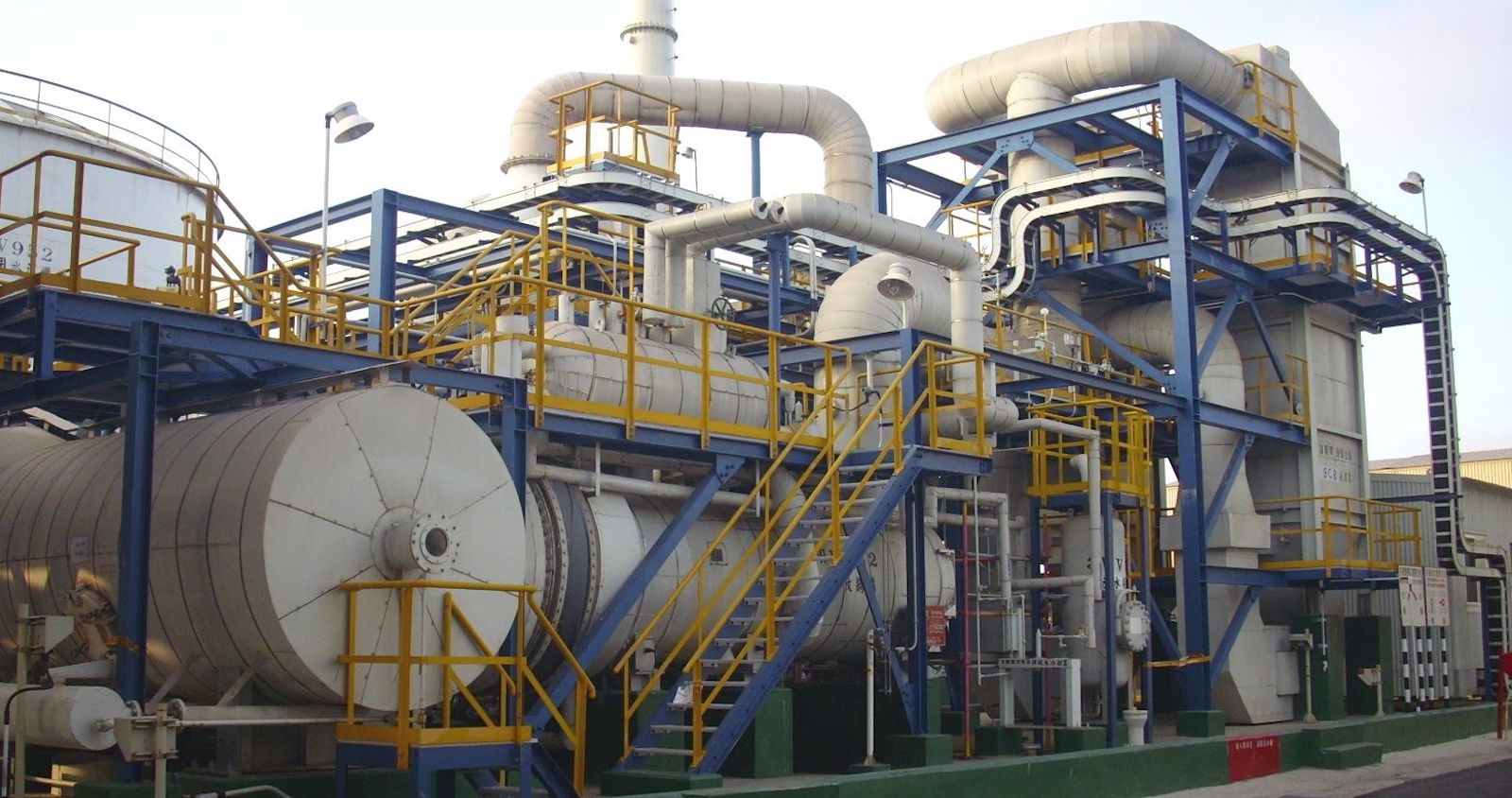Ingenious Industrial Wastewater Treatment Solutions: Protecting the Atmosphere
Ingenious Industrial Wastewater Treatment Solutions: Protecting the Atmosphere
Blog Article
Exactly How Liquid Garbage Disposal Functions: A Detailed Overview of Strategies and Technologies Utilized

Review of Liquid Waste Kind
The complexity of liquid waste types necessitates a thorough understanding of their characteristics and implications for disposal. Liquid waste can extensively be classified right into a number of types, consisting of commercial, local, agricultural, and harmful waste. Each group exhibits distinct properties, needing certain monitoring techniques to mitigate environmental and health risks.
Industrial liquid waste stems from producing procedures and frequently has a series of contaminants, such as heavy metals, solvents, and natural substances. Metropolitan liquid waste, largely making up wastewater from homes and business facilities, includes raw material, nutrients, and pathogens (industrial wastewater treatment). Agricultural liquid waste, including overflow from farms, may include plant foods, pesticides, and pet waste, posturing risks to water high quality and ecosystems
Harmful liquid waste is identified by its poisoning, sensitivity, or potential to create damage. This category includes compounds like acids, bases, and certain chemicals that demand strict handling and disposal protocols. Understanding these diverse fluid waste kinds is important for developing efficient disposal techniques and ensuring conformity with ecological guidelines. Proper category and characterization are essential for implementing ideal therapy strategies and reducing the adverse impacts on public wellness and the atmosphere.
Physical Therapy Methods

Testing is the preliminary action, where bigger particles and debris are removed from the liquid waste using displays or grates. This process shields downstream devices from damage and guarantees smoother operation. Adhering to testing, sedimentation makes use of gravitational force to different solids from fluids. In sedimentation storage tanks, larger particles clear up at the base, developing a sludge layer, while the made clear fluid can be more treated.
Purification is an additional vital method that entails passing the liquid with permeable products, such as sand or membranes, to capture smaller particles. This step boosts the top quality of the liquid, making it suitable for succeeding therapy procedures.

Chemical Therapy Strategies
Chemical treatment methods are vital for properly managing liquid waste, especially in addressing liquified and colloidal contaminants that physical methods might not sufficiently get rid of. These methods use various chemical agents to counteract, precipitate, or transform harmful materials right into less damaging types.
One usual approach is coagulation and More Help flocculation, where chemicals such as alum or ferric chloride are added to advertise the aggregation of suspended bits. This procedure enhances sedimentation, enabling simpler removal of the resulting sludge. In addition, oxidation procedures, using agents like chlorine or ozone, are utilized to damage down intricate organic substances and microorganisms, rendering the waste much safer for discharge or further therapy.
Neutralization is another critical technique, which adjusts the pH of acidic or alkaline waste streams to neutral degrees, preventing possible injury to downstream systems and the atmosphere. In addition, advanced oxidation procedures (AOPs) utilize combinations of oxidants and ultraviolet light to weaken relentless toxins, achieving a greater degree of therapy efficiency.
Biological Therapy Procedures
Biological treatment processes play a vital duty in the management of fluid waste by utilizing bacteria to break down raw material and reduce pollutant levels. These procedures can be extensively classified into anaerobic and cardiovascular therapies, each employing particular microbial neighborhoods to achieve efficient waste deterioration.
Cardiovascular therapy involves the use of oxygen to promote the failure of organic products by germs. This procedure is frequently applied in triggered sludge systems, where oygenation storage tanks supply a helpful atmosphere for microbial growth, leading to the oxidation of natural pollutants. The resultant biomass can be divided from treated effluent with sedimentation.
In comparison, anaerobic therapy occurs in the absence of oxygen, relying upon various germs to damage down raw material. This technique is especially helpful for high-strength waste, as it generates biogas, a renewable resource resource, while reducing sludge manufacturing. Technologies such as anaerobic digesters are regularly utilized in commercial and municipal applications.
Both anaerobic and aerobic biological treatments not just reduce the environmental impact of fluid waste however additionally assist in resource recuperation, making them crucial parts of sustainable waste administration approaches. Their performance, flexibility, and efficiency support their widespread execution throughout various industries.
Arising Technologies in Disposal
Ingenious strategies to liquid garbage disposal are quickly advancing, driven by advancements in innovation and an increasing focus on sustainability. Among these emerging innovations, membrane layer bioreactors (MBRs) have acquired grip for their ability to combine biological treatment with membrane layer filtering, leading to premium effluent that can be recycled in various applications. MBRs enable smaller sized footprints and a lot more reliable operations compared to typical systems.
An additional appealing growth is using anaerobic food digestion integrated with nutrient healing technologies, which not just treats fluid waste view publisher site yet additionally produces biogas and recovers important nutrients like nitrogen and phosphorus. This twin benefit boosts resource performance and reduces ecological impact.
Additionally, advanced oxidation processes (AOPs) are being adopted for the deterioration of complicated natural toxins. These techniques here utilize powerful oxidants and drivers to damage down pollutants at the molecular degree, providing an extremely effective service for tough waste streams.
In addition, the integration of artificial intelligence and device discovering in waste administration systems is maximizing functional effectiveness and anticipating maintenance, causing lowered expenses and improved ecological compliance. These innovations mirror a significant change towards even more lasting and effective fluid waste disposal practices.
Final Thought
In verdict, effective liquid waste disposal requires an extensive understanding of various techniques and innovations. The assimilation of physical, chemical, and organic treatment approaches makes certain the reliable management of varied waste types. Moreover, the appearance of innovative technologies boosts therapy efficiency and promotes sustainability in waste management practices. By continuously advancing these approaches, it ends up being feasible to deal with the expanding challenges related to fluid waste, inevitably contributing to environmental management and source recuperation.
Fluid waste disposal is an important aspect of ecological management, needing a detailed understanding of numerous strategies and technologies tailored to various waste kinds. Fluid waste can extensively be classified right into several types, including commercial, community, agricultural, and harmful waste. Agricultural fluid waste, including overflow from farms, may consist of fertilizers, chemicals, and animal waste, posing dangers to water quality and ecosystems.
Different physical therapy approaches play an essential role in managing fluid waste efficiently - industrial wastewater treatment.In final thought, efficient fluid waste disposal requires a detailed understanding of numerous methods and modern technologies
Report this page